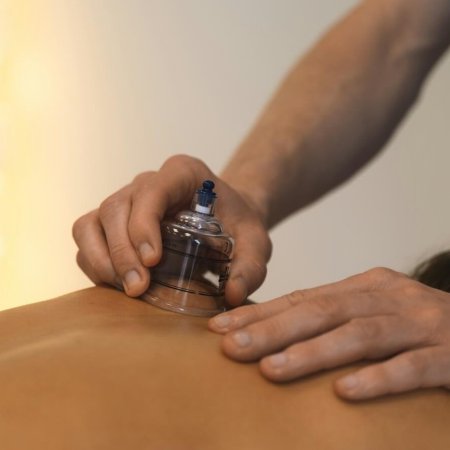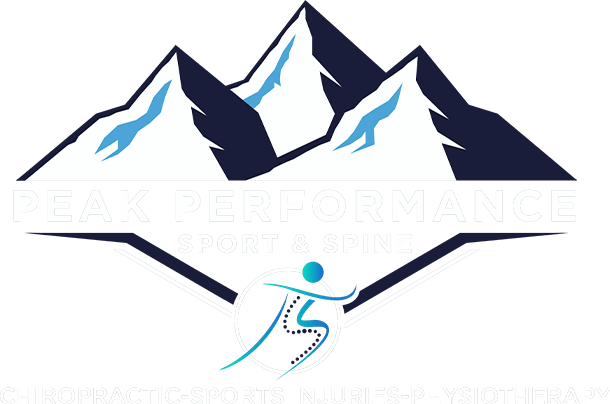Cupping Therapy in Lancaster
An Old-School Technique That Still Works Wonders
 Cupping’s been around for thousands of years—but here at Peak Performance Sport & Spine, we use it with a modern twist. Dr. Chad Hedges, our Lancaster-based chiropractor, is certified in cupping therapy and blends this ancient practice with what we now know about fascia, circulation, and soft tissue health.
Cupping’s been around for thousands of years—but here at Peak Performance Sport & Spine, we use it with a modern twist. Dr. Chad Hedges, our Lancaster-based chiropractor, is certified in cupping therapy and blends this ancient practice with what we now know about fascia, circulation, and soft tissue health.
You might’ve seen those circular marks on Olympic athletes a few years back—that’s cupping. But don’t let the hype fool you: it’s not just for elite performers. People of all ages use it to ease muscle tightness, manage chronic pain, or just move a little better through everyday life.
How It Actually Works
Here’s the short version: we create suction on your skin using special cups. That gentle “pull” increases blood flow, loosens tight or stuck fascia (the connective tissue under your skin), and tells your body to kickstart the healing process.
By getting more oxygen and nutrients into those sore spots—and helping flush out the metabolic junk that builds up in overworked muscles—cupping can ease tension, reduce pain, and improve how your body moves.
Who It Helps Most
Cupping can be a game changer for people dealing with:
- Tight shoulders or neck
- Low back pain
- Muscle knots or spasms that stretching doesn’t touch
- Headaches caused by tension
- General stiffness or poor mobility
A lot of athletes also use it post-workout to recover faster. It’s great for delayed-onset muscle soreness and helps keep training schedules on track. If you’re recovering from a sprain or strain, cupping can boost healing by improving circulation and drainage in the area.
And it’s not just physical. Many patients say cupping helps them relax, too. That’s because it activates the parasympathetic nervous system—the part of your body that handles rest and recovery. You might walk in feeling tense and leave feeling like someone hit your reset button.
What to Expect in a Session
A typical cupping session lasts around 20-25 minutes. Dr. Hedges will figure out where your body needs the most attention, then place cups on those areas. Sometimes they stay in one place (stationary cupping), and other times he’ll gently glide them across your skin to cover more ground (dynamic cupping).
You may feel a little pressure, maybe even some tightness during the treatment, but most people describe it as more weird than painful. Afterward, many notice looser muscles and better mobility almost immediately. Chronic conditions might need a few sessions before you feel a big shift, while newer or mild issues might respond quickly. The marks are real—but they’re not bruises. They usually fade in a few days and show where circulation needed help. Some people barely get them; others wear them like badges of honor.
Why We Use Cupping in Our Care Plans
Cupping is just one tool in our kit. We often combine it with chiropractic adjustments, soft tissue work like IASTM, targeted stretching, or massage to give your body a more complete reset. Treating one layer of pain is good—treating multiple angles at once is better.
Whether you’re training hard, dealing with long-term pain, or just feel stuck in your movement, cupping therapy might help you get back to feeling more like yourself. And when it’s done by someone with the right training—like Dr. Hedges—it’s safe, effective, and surprisingly relaxing.
Want to Give It a Try?
If you’re curious whether cupping can help you feel better, move better, or just feel a little less tense, give us a call at Peak Performance Sport & Spine. We’ll figure out if it’s a good fit and how to work it into a treatment plan that actually works for you.

